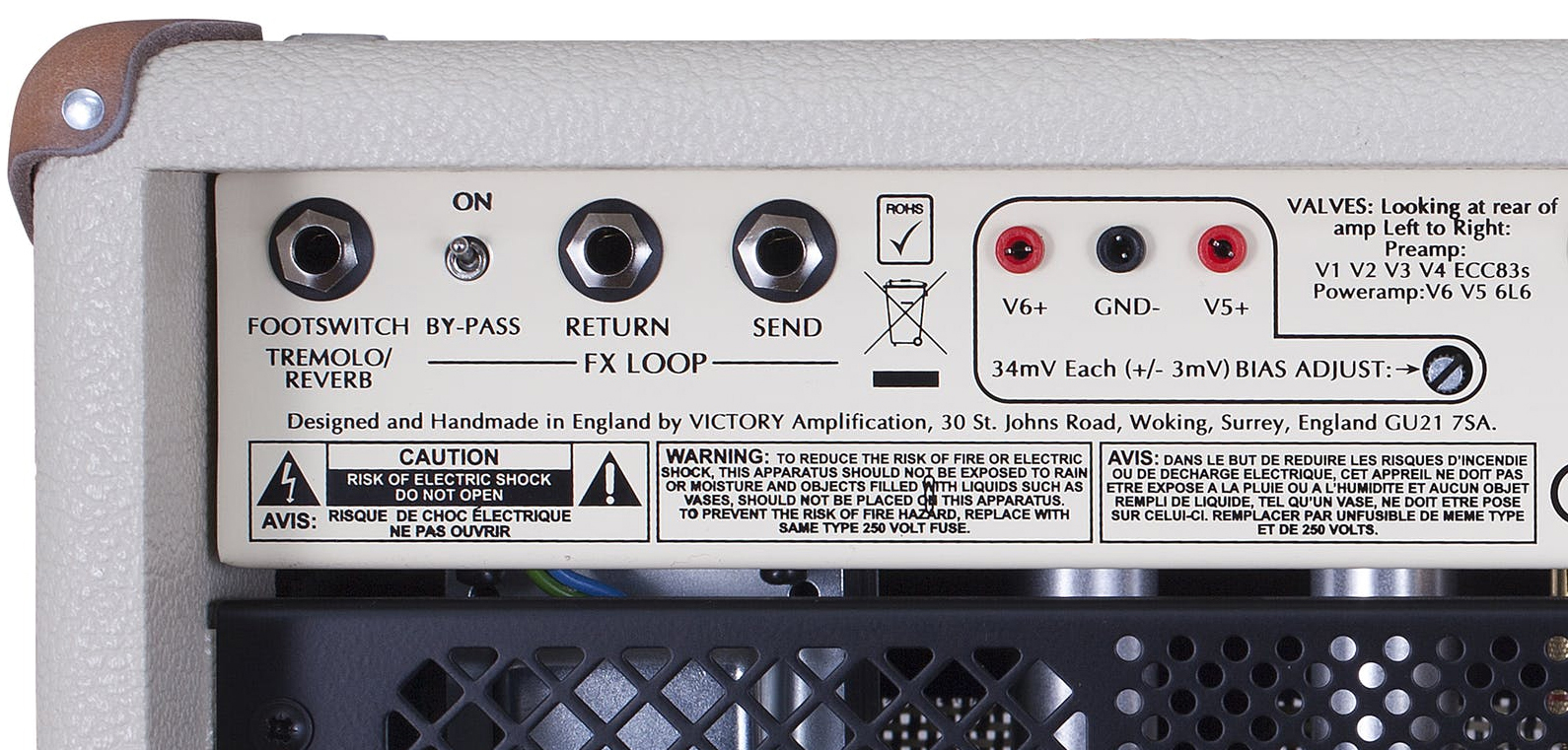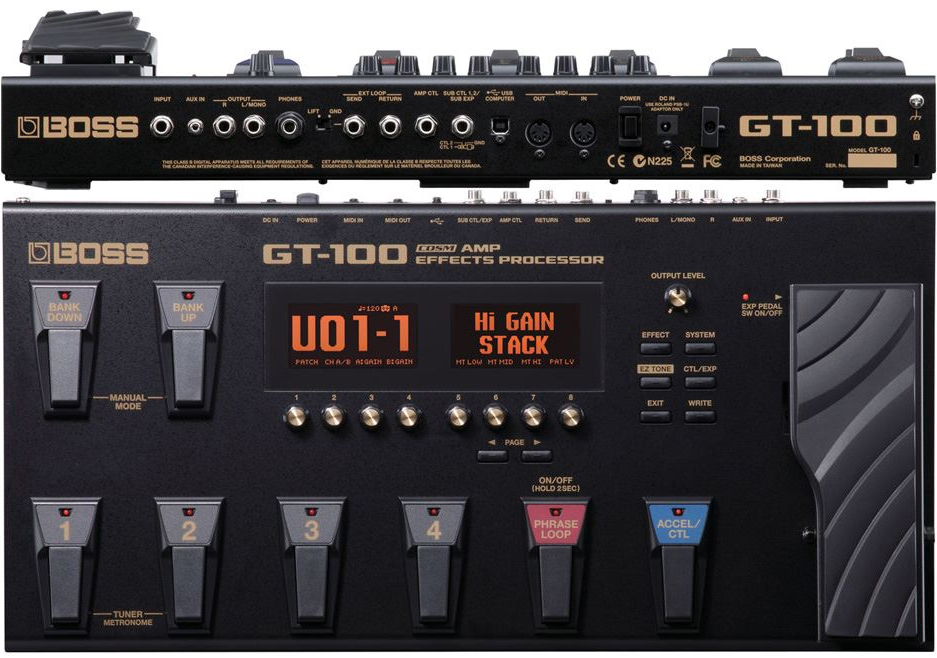- What Is An Effects Loop?
- Which Pedals Go Through The Effects Loop?
- What is the 4 Cable Method?
- 4 Cable Method: FAQs
With a few different guitar pedals at your feet, you’ll have access to a massive range of tone options, just waiting to unlock your creativity. But while these cool tones and effects can be a valuable tool for songwriting and spicing up your playing, pedals can sound and behave quite differently depending on the order in which you place them. So, if you want to get the most out of your stompboxes, you must route them in the most logical way possible for your setup.
That’s where the ‘4 cable method’ comes into play. It lets you run your stompboxes through different sections of your amp; its ‘front end’ and ‘effects loop’. By doing so, you can achieve better separation between your effects. Just as importantly, you can make sure all your pedals are working together in harmony, too. But exactly what is the 4 cable, or four cable, method, and how can you use it? Read on for all the details!
What Is An Effects Loop?

An effects loop is an input and output section (often marked ‘send’ and ‘return’) that lets you route pedals between the two main parts of your guitar amp – the ‘preamp’ and ‘power amp’. The preamp is where your core tone comes from, and it also includes the EQ controls you’d typically find on your amp’s front panel. The power amp is the bit that actually “amplifies” your sound, projecting what you’re playing through a speaker.
For most amps, the effects loop comes after the preamp and before the power amp. That means any pedals you connect via the effects loop are routed after the preamp, so your base signal is unaffected and the power amp remains at the end of your signal chain. But connect a pedal through the front of your amp, and that pedal will directly affect your original signal. Which is better? That depends entirely on the effects you’re using and the sound you’re trying to achieve.
Electric Guitar Amps
Which Pedals Go Through The Effects Loop?
So, with that in mind, what are the types of pedals you’d typically want to run through an effects loop?
Generally, most players will route their modulation and time-based pedals through their amp’s effects loop, things like chorus, phaser, delay and reverb. Running these particular pedals through the effects loop yields a more natural sound with better clarity, as they’re being used after the preamp has done its thing. This means your core tone wouldn’t be as dramatically affected by the sound of the pedals, because the preamp would still remain the first part in your signal chain.
How would those same pedals sound if you routed them straight into the front end and before the preamp? Well, if you plugged a delay directly into your amp’s input, then it would sound fairly out of control, especially if you used the distortion channel! Modulation pedals are likely to run into similar problems, often causing an unwanted boost in volume. These issues are down to the compression that occurs in an amp’s preamp section, which enhances and boosts the sound of any pedals that run before the preamp. The result for effects like delay or chorus is a sound that’s over-the-top and very often unusable.
Front of amp (before preamp):
- Overdrive
- Distortion
- Wah
- Compressor
- EQ
Effects loop (after preamp):
- Reverb
- Delay
- Chorus
- Flanger
- Phaser
What is the 4 Cable Method?
As we touched on earlier, the 4 cable method is a routing process that utilises four cables to connect the main elements of your rig. With the 4 cable method, you can make full use of your amp by running pedals into both its main input and through its effects loop.





Responses & Questions